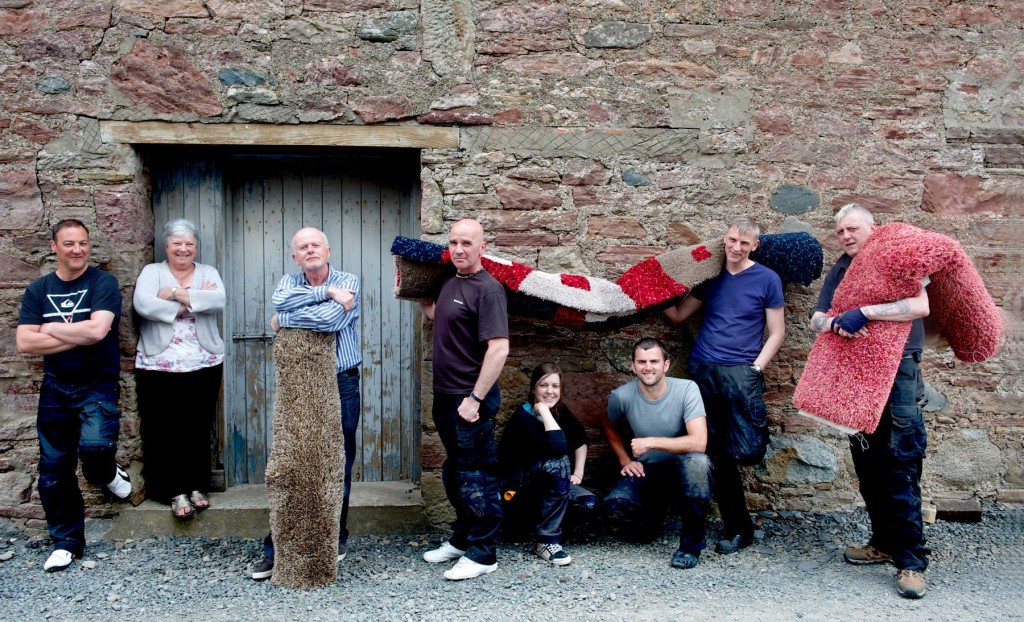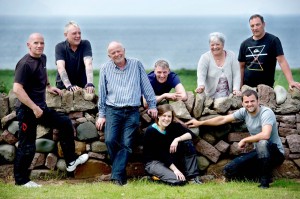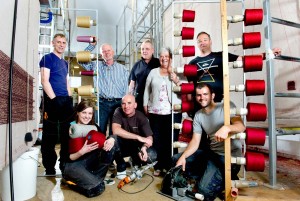 The eyes of the world have been on Glasgow over the last week and a half as the city plays host to the Commonwealth Games.
The eyes of the world have been on Glasgow over the last week and a half as the city plays host to the Commonwealth Games.
Here, Gillian Kirton, Project Manager at Co-operative Development Scotland, looks at how the host city’s council is providing real support to co-operative businesses.
With almost 20 per cent of Scotland’s co-operatives residing in Glasgow, the ‘sector’ is thriving – these co-operatives employ almost 1400 individuals and account for £192m turnover per annum. Impressive numbers indeed.
To further enhance this, Glasgow City Council is one of just 21 Councils in the UK to commit to becoming a Co-operative Council and is certainly taking its commitment very seriously.
There’s real practical support available to companies and the council are putting their money where their mouth is – to date they have awarded 13 co-operatives a total of £210k to implement ‘transformational business development activities’.
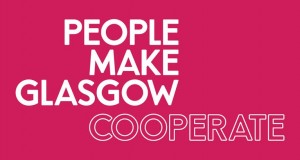
A further tranche of funding is now available with sums of between £2,500 and £25,000 available for eligible activity. And at a Glasgow Business Embassy event last week, it was announced that a pot of £3m will be available to support companies looking at business ownership transfer.
I’m confident we will see more companies following in the footsteps of Glasgow-based Page\Park and opting to transfer ownership to employees.
Co-operative Glasgow sees partnership working as key to successfully delivering their action plan and it was a pleasure to meet so many of those partners.
In collaboration with the Council, we delivered a seminar to many Business Gateway and other front line advisors. It gave them the opportunity to hear more about co-operatives, the impact they can make to the local economy, the many benefits of the model, and the support available to their clients.
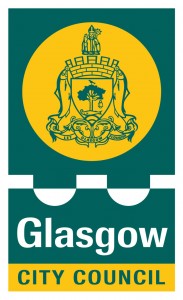
It’s fair to say that there was a lot of enthusiasm and excitement about the models – they see them as a perfect solution to meet the needs and growth aspirations of many of their clients.
CDS is delighted to continue to work in partnership with the Council, Business Gateway and other advisors to provide free advice and guidance to those businesses considering employee ownership and co-operative business models.
Our annual Collaboration Prize has seen some amazing success stories in Glasgow – Music Co-OPERAtive Scotland and Screen Facilities Scotland are going from strength to strength.
This year we will launch our Collaboration Prize on 1st October – up to three collaborative ideas will each gain a substantial £10k prize to get their idea off the ground. Will we see further success stories in Glasgow? Watch this space!
Enjoy the Commonwealth Games – another exciting reason to celebrate all that Glasgow has to offer!
 Highland Home Carers was established in 1994 to provide the first independent domiciliary care and support service in Inverness and the wider area. The business enables many people to remain in their own homes when otherwise they might have been moved into institutional care. The company increasingly works in partnership with NHS Highland to improve the quality of health and social care services in local communities.
Highland Home Carers was established in 1994 to provide the first independent domiciliary care and support service in Inverness and the wider area. The business enables many people to remain in their own homes when otherwise they might have been moved into institutional care. The company increasingly works in partnership with NHS Highland to improve the quality of health and social care services in local communities.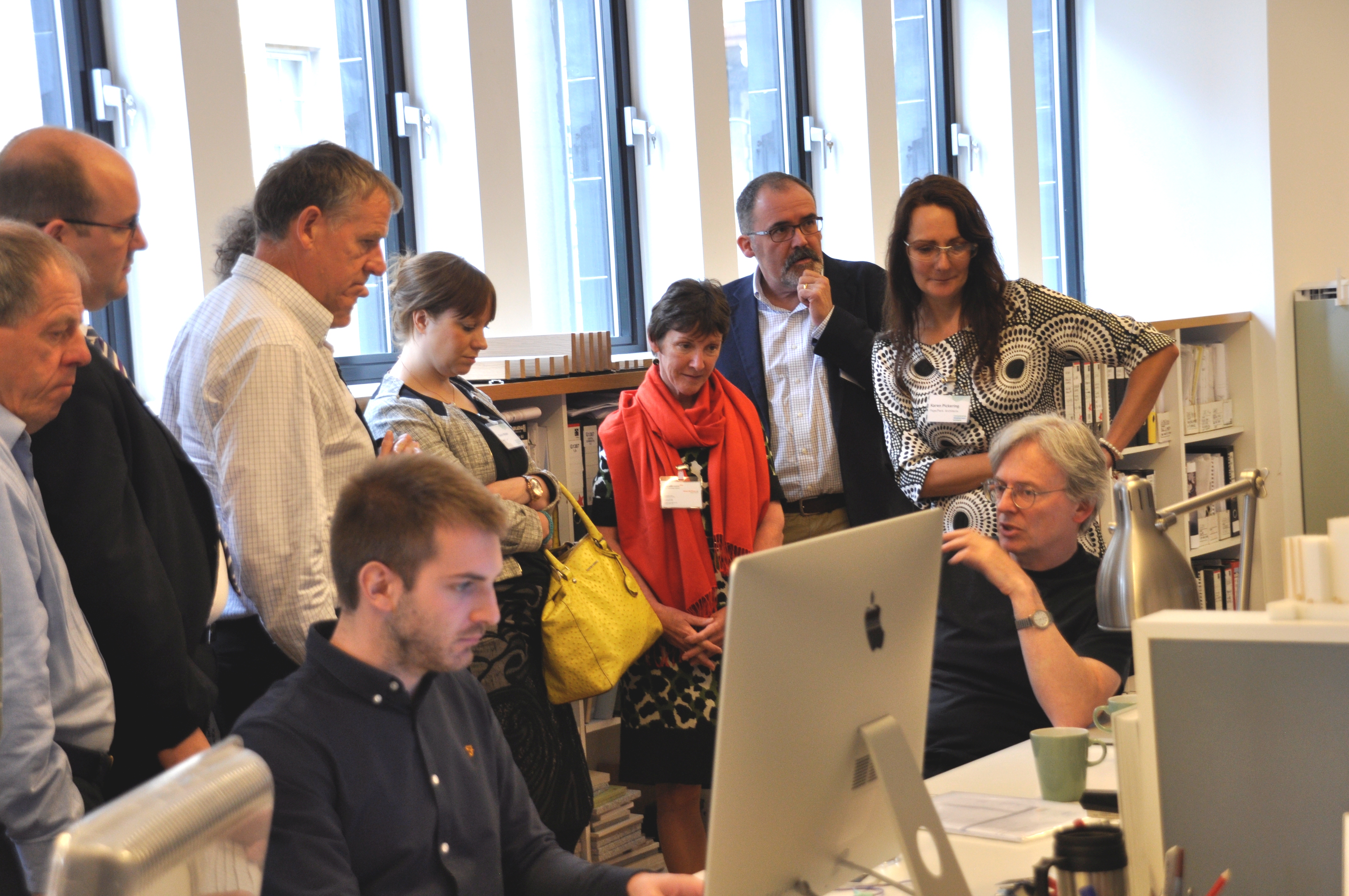 Glasgow-based architecture firm Page\Park hosted the third event in our programme of Successful Succession Seminars on Friday, July 4 – Employee Ownership Day.
Glasgow-based architecture firm Page\Park hosted the third event in our programme of Successful Succession Seminars on Friday, July 4 – Employee Ownership Day. 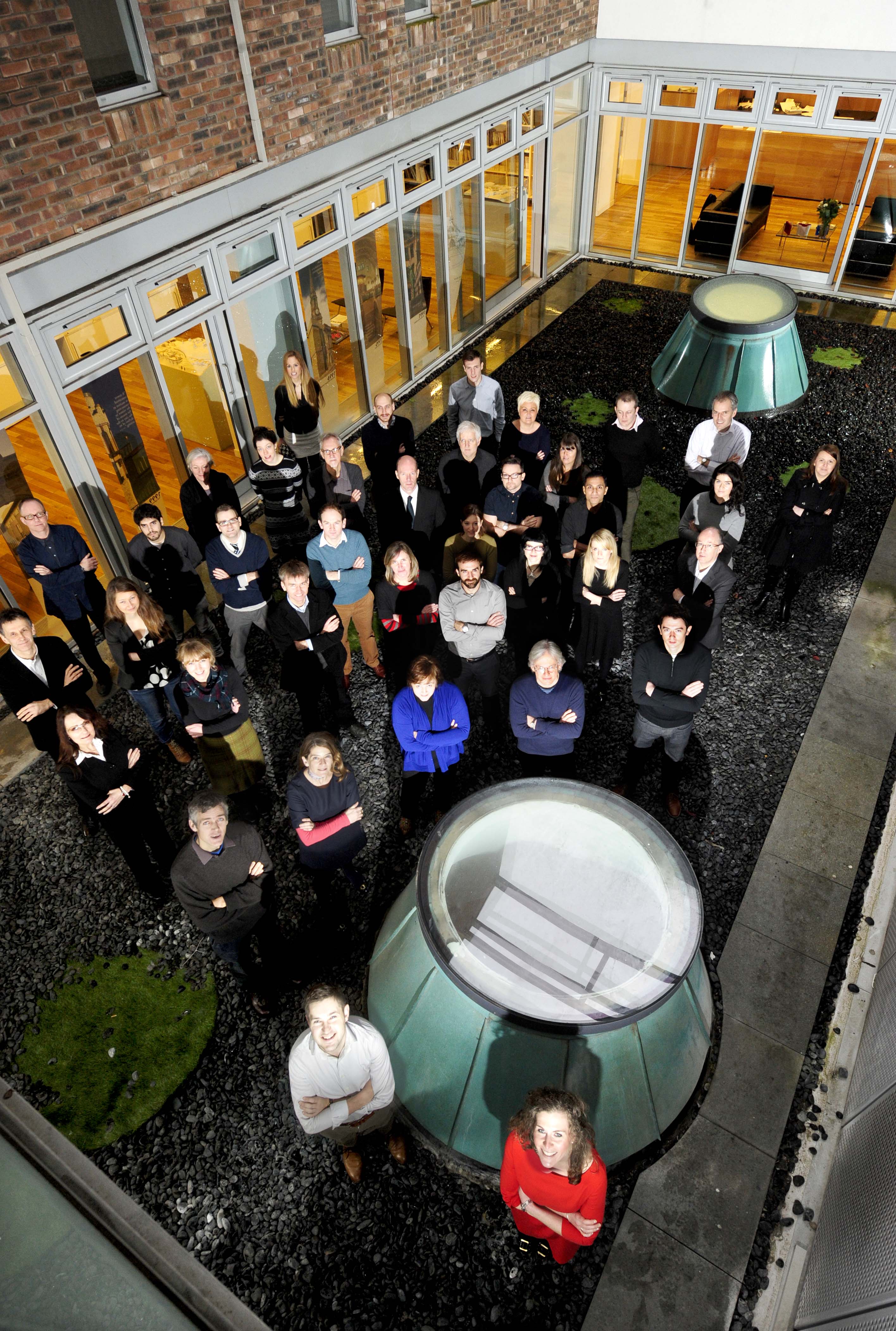 “We operate with a flat structure and match each job to people’s talents and interests,” says Eilidh, an employee of 11 years. “It’s quite usual for junior staff to attend high level meetings; there is no top or bottom, we are all in it together.
“We operate with a flat structure and match each job to people’s talents and interests,” says Eilidh, an employee of 11 years. “It’s quite usual for junior staff to attend high level meetings; there is no top or bottom, we are all in it together. Today, July 4, is Employee Ownership Day – an opportunity for companies that have chosen this model to celebrate their success and spread the word about its benefits.
Today, July 4, is Employee Ownership Day – an opportunity for companies that have chosen this model to celebrate their success and spread the word about its benefits.
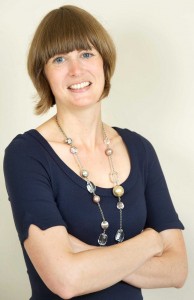 Bees, thumbs up and visual minutes made for a different conference experience at this year’s Co-operative Congress.
Bees, thumbs up and visual minutes made for a different conference experience at this year’s Co-operative Congress.
 This week marked the inaugural meeting of the Employee Ownership Association Network Scotland, with representatives of employee-owned businesses discussing how they can work together.
This week marked the inaugural meeting of the Employee Ownership Association Network Scotland, with representatives of employee-owned businesses discussing how they can work together.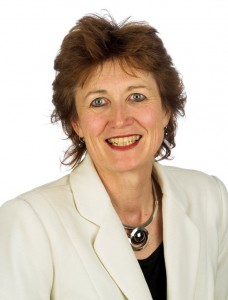 This week sees representatives of employee-owned businesses and other parties gather at Tullis Russell for the first-ever Employee Ownership Association Network Scotland, part of a national rollout by the EOA.
This week sees representatives of employee-owned businesses and other parties gather at Tullis Russell for the first-ever Employee Ownership Association Network Scotland, part of a national rollout by the EOA.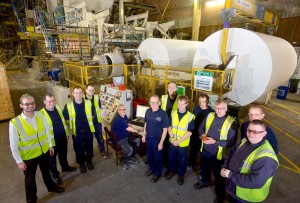
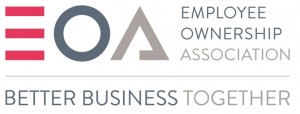
 Earlier this week, we heard from a business owner on his thoughts about employee ownership after visiting most recent “What’s Next” event at Aquascot.
Earlier this week, we heard from a business owner on his thoughts about employee ownership after visiting most recent “What’s Next” event at Aquascot. 

 Last week, we looked at the issues raised by John Alexander of consultancy firm
Last week, we looked at the issues raised by John Alexander of consultancy firm  In 2012, industrial textile manufacturer Scott & Fyfe – a fourth-generation family business – made the transition to employee ownership (EO).
In 2012, industrial textile manufacturer Scott & Fyfe – a fourth-generation family business – made the transition to employee ownership (EO).





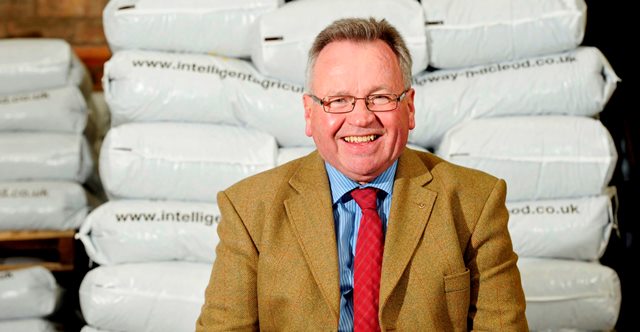
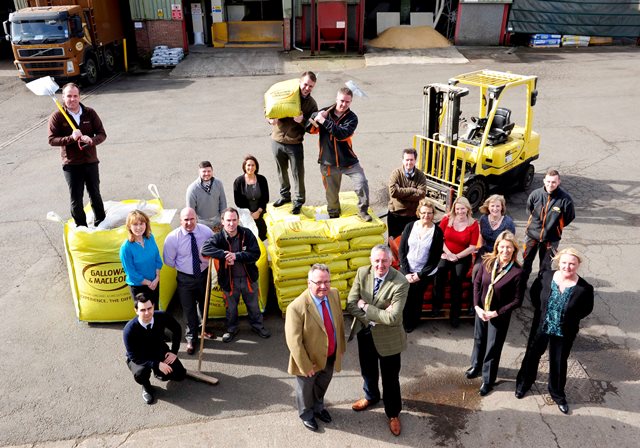


 Last year, for a second consecutive year, CDS ran the Collaboration Prize – an opportunity for three businesses from across Scotland to each win £10,000 worth of cash and support to get their consortium business idea off the ground.
Last year, for a second consecutive year, CDS ran the Collaboration Prize – an opportunity for three businesses from across Scotland to each win £10,000 worth of cash and support to get their consortium business idea off the ground.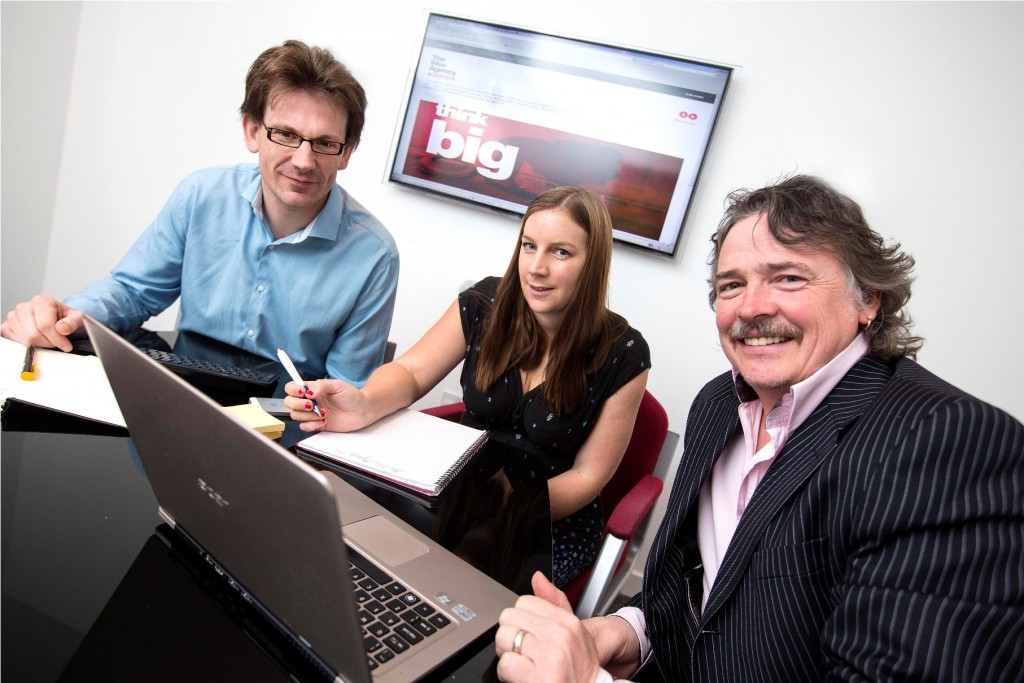
 This has been a revelation for me as I’d never been involved behind the scenes of a competition before – unless you count making up a quiz sheet for Comic Relief to sell around my village when I was 12! We were overwhelmed with the quality of the collaborative ideas contained in the applications this year and it’ll be a valuable learning experience for me to be involved in the strategy sessions for the winners when they take place in due course. Excitingly, we are poised to announce our winners shortly so watch this space…
This has been a revelation for me as I’d never been involved behind the scenes of a competition before – unless you count making up a quiz sheet for Comic Relief to sell around my village when I was 12! We were overwhelmed with the quality of the collaborative ideas contained in the applications this year and it’ll be a valuable learning experience for me to be involved in the strategy sessions for the winners when they take place in due course. Excitingly, we are poised to announce our winners shortly so watch this space… I can now see the real value in tweeting, blogging and their ilk – there is the potential to strike up dialogue with like-minded individuals and organisations and to spread the word about co-operative business models. Follow me
I can now see the real value in tweeting, blogging and their ilk – there is the potential to strike up dialogue with like-minded individuals and organisations and to spread the word about co-operative business models. Follow me  It’s been a busy few weeks for handmade rug manufacturers
It’s been a busy few weeks for handmade rug manufacturers 